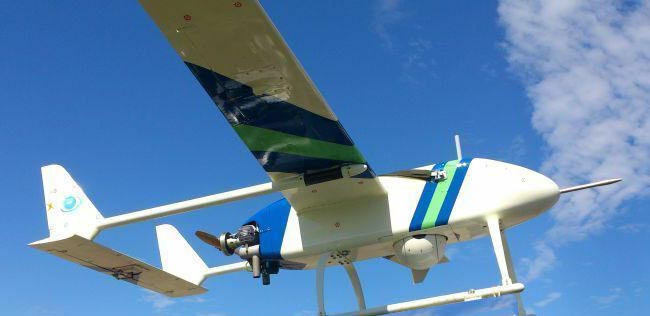A significant milestone in drone technology was recently reached as an independently developed hydrogen-powered drone from China completed a 30-hour non-stop flight, a duration surpassing any other such aircraft produced in the nation. This achievement, announced by the Aviation Industry Corporation of China (AVIC), underscores the advancements in sustainable aviation solutions and further positions China as a key player in the drone market.
Developed in collaboration between AVIC Chengdu Aircraft Industrial Co., Ltd. and Tsinghua University, this 50 kg-class hydrogen drone marks a notable advancement in the integration of flight, control, and propulsion systems specifically designed around the hydrogen cell’s output characteristics. With the testing concluded in Dujiangyan, Sichuan Province, the event highlighted the practical potential of hydrogen drones within the industry.
The drone’s take-off from a moving unmanned car showcased a unique application scenario—addressing the challenges of launching in non-standard runway conditions. Such innovations can prove pivotal in tackling logistical challenges associated with deploying drones in varied terrains, offering a glimpse into the diverse possibilities in UAV operations.
This achievement not only serves as a testament to the growing capabilities of hydrogen fuel technology but also contributes to the ongoing discourse on low-altitude economy and green aviation strategies. Hydrogen, as a clean energy source, posits significant advantages over traditional fossil fuels, promising extended flight durations without carbon emissions—a critical metric as industries worldwide accelerate toward sustainability.
Remote dynamic monitoring capabilities further demonstrate the practical applications of hydrogen drones. By offering real-time data collection and analysis from elevated positions, they can be instrumental in sectors ranging from disaster management to agricultural surveillance. The integration of these functionalities aligns well with the increasing demand for effective remote sensing technologies.
While this 30-hour flight record is indeed impressive, it brings forth certain challenges. Primarily, the scalability of hydrogen fuel technology remains a topic of concern. The global market is yet to witness a widespread adoption of hydrogen infrastructure capable of supporting the operational demands that accompany widespread UAV deployment. Additionally, the cost implications of developing such advanced technology remain significant, potentially impeding rapid adoption.
